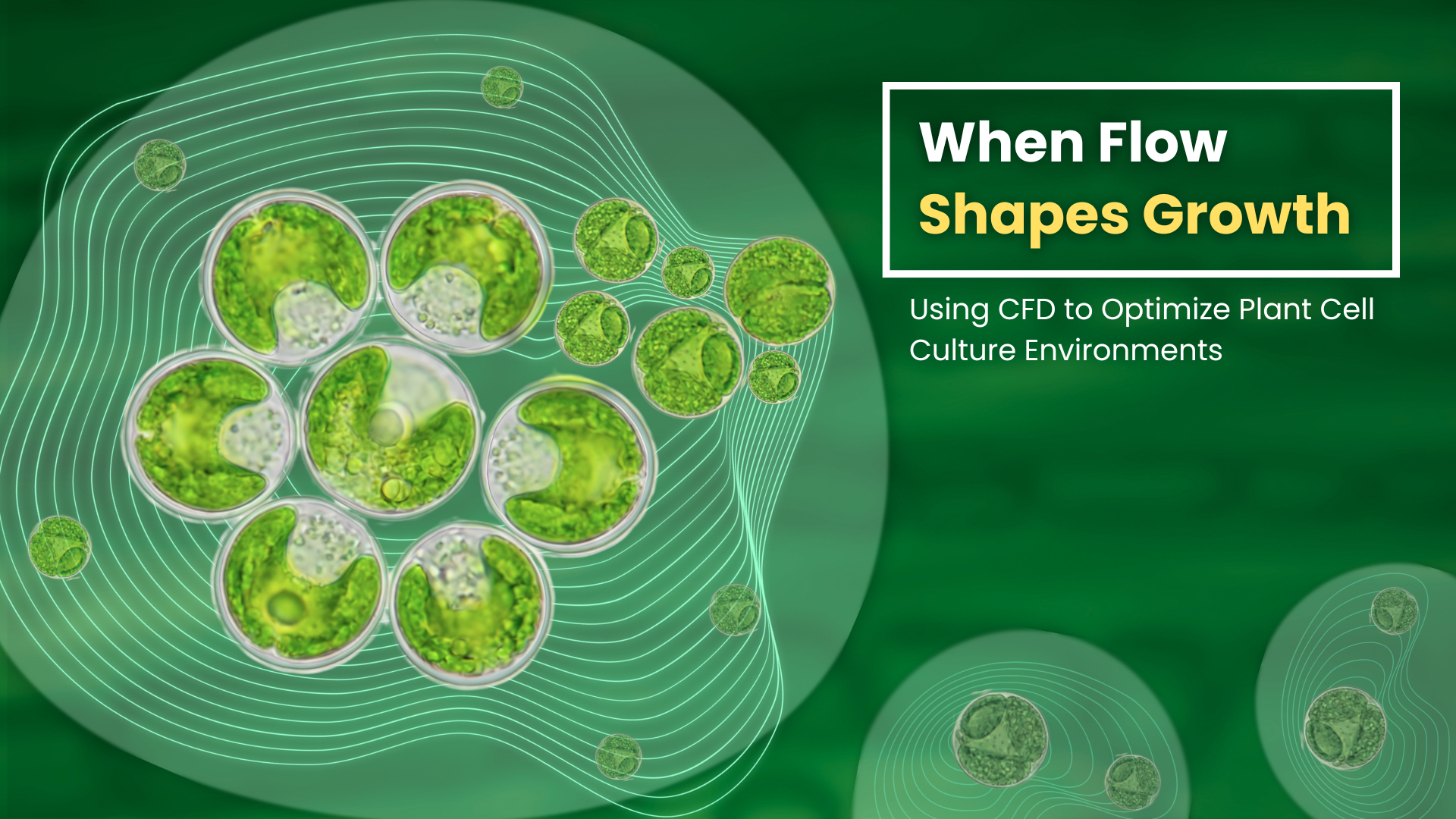
We all love to stretch a good, stretchy rubber band. It gives us so much joy! But the fun stops when we stretch the rubber band beyond its limits, and it breaks. Then we need a new rubber band.
But did you know that rubber-like soft materials find so many uses such as in the field of soft robotics, for energy harvesting, and as soft metameterials?
There are materials called hyperelastic materials which exhibit elastic behaviour even under large strains. Such materials include rubbers like vulcanised rubber, unfilled silicone rubber, and typical rubber; polymer-based hydrogels; and soft tissues like porcine brain matter and monkey’s bladder.
In order to get the most out of these materials, we need to predict the mechanics of these materials, and this requires what is known as a reliable strain energy function.
A hyperelastic strain energy function is a mathematical formulation used in continuum mechanics (a branch of mechanics where materials are treated as continuous, and not discrete) to describe the elastic behaviour of materials under deformation. Hyperelastic materials that show nonlinear constitutive relations are modelled using statistical approaches, phenomenological models, and hybrid models.
Statistical models rely on Gaussian and non-Gaussian distributions, which use fewer parameters (constants that define system behaviour). However, models based on Gaussian chains are inadequate for capturing material behaviour at large strains. Additionally, non-Gaussian models are highly dependent on specific internal structures, limiting their applicability to a broader range of materials.
Phenomenological models, although widely used and easy to incorporate, are computationally intensive due to their complex expressions and excessive material parameters.
There is therefore a need for a simple form of energy function with faster computation.
Hence, a hybrid model which is stretch-based has been considered. Stretch-based models perform well as the parameters are optimised with experimental data. Yet there are too many model parameters involved with such models. Recently researchers feel that there is a need to reduce the number of parameters in the models.

In this study, the authors Mr. Nurul Hassan Shah and Prof. Shaikh Faruque Ali from the Department of Applied Mechanics & Biomedical Engineering, Indian Institute of Technology (IIT) Madras, Chennai, India, use a combination of the properties of existing strain energy function models, and have come up with a non-separable exponential-type strain energy function integrated with a single-term Ogden strain energy function (the Ogden model is a popular mathematical model used for rubber-like materials).
This proposed model is simple, requires only three model parameters, and effectively captures datasets involving small deformations. It also accommodates datasets involving high stretch with stiffening tendencies.
This model can be applied to rubbers, polymer-based hydrogels, and soft tissues. It also successfully addresses pressure-inflation instability in thin spherical balloons.
Thus a hybrid strain energy function has been proposed for isotropic (isotropy is the property of a material such that it behaves the same way, regardless of the direction of a force applied to it), incompressible soft materials.
Dr. Mokarram Hossain, Associate Professor from the Department of Mechanical Engineering, Zienkiewicz Institute for Modelling, Data and AI, Faculty of Science and Engineering (FSE), Swansea University, Swansea, United Kingdom, pointed out the significant points of achievements of this study with the following comments: “Constitutive modelling of soft materials such as rubber-like polymers, hydrogels, and biological tissues has been of active research since the mid of the last century. Despite significant progresses, researchers are still actively pursuing to find a versatile model with least parameters that can close the existing missing points. The beauty and efficiency of the proposed model is demonstrated through a wide range of experimental data sets which were not done for other existing models available in the literature. Most striking feature of this novel constitutive model is that it is compared with old models of the same number of material parameters (three parameters in total). Finally, the model advocated by Shah & Ali takes a classical yet complicated problem (i.e., inflation of a thin spherical balloon) to prove its superiority. Hopefully, this simple model will open more debate and discussions in the arena of constitutive modelling of soft matter at finite strains.”
Article by Akshay Anantharaman
Click here for the original link to the paper










